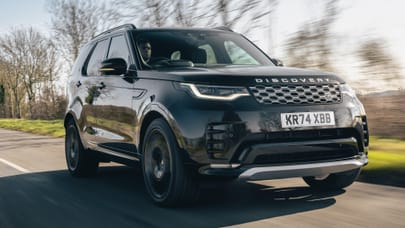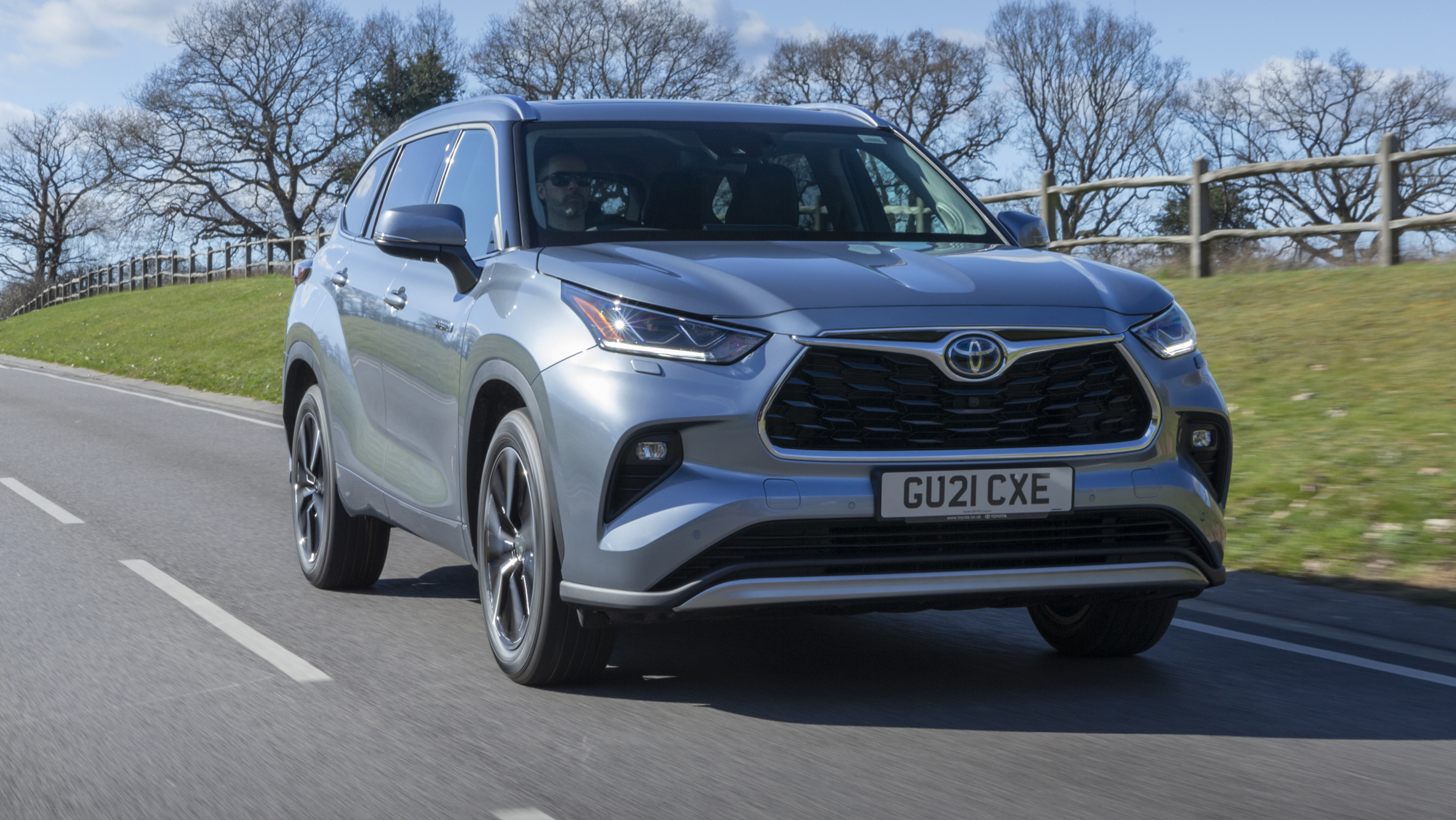
Toyota Highlander review
Good stuff
Big, relatively good efficiency, decent kit list
Bad stuff
Broadly struggles for a USP in a sector filled with excellence
Overview
What is it?
Toyota’s biggest SUV (the LandCruiser being a 4x4), featuring a full seven-seat capacity and hybrid motivation. Highlights include the aforementioned seven seats with a middle row that slides about (a full 180mm), a chunky spec list from the two UK-available models (Excel and Excel Premium) that includes 20-inch alloy wheels, a panoramic roof, an 11- speaker JBL sound system and 8-inch multimedia display with Apple CarPlay and Android Auto, plus that hybrid all-wheel drivetrain that manages a smidge under 40mpg and 160g/km CO2.
The Highlander has been merrily knocking about in other markets for a while now, starting - relatively - small way back in 2000, growing gently over the years until this current generation based on Toyota’s GA-K platform - yep, the same one as the current RAV-4. And that expanded platform means just under five metres of your finest large barge making use of a 2.5-litre four-pot internal combustion engine mated to electric motors fore and aft to give four-wheel drive, 62mph in 8.3, and on to a maximum of 111mph, should you be in possession of a very long stretch of tarmac and nothing better to do.
It looks nice enough, although it could be considered a little bland next to some of its contemporaries, and most of its impression seems to come from its size, rather than any particular design function - but it’s not actively ugly, and there’s plenty to like with a slightly more conservative design. It does kind of slide off one’s consciousness mind you - and that’s not always a good thing.
The interesting stuff is underneath; the Highlander uses Toyota’s fourth generation hybrid system, combining that marvellously-efficient 2.5-litre Atkinson cycle four-cylinder with front and rear electric motors (giving all-wheel drive) and a small nickel-metal hydride battery, located beneath the second row of seats.
It can cruise up to 78mph on electric alone - although not for long - and there’s a smaller, lighter transaxle than before. A transaxle very simply being a one-stop shop for housing the transmission, axle and differential - something usually used in cars with the engine at the same end of the car as the driven wheels. It’s a neat enough system, and potters around in EV mode a surprising amount of the time - which might assuage some of that large-SUV guilt if nothing else.
What's the verdict?
The problem for the Highlander is that there’s a heavy set of competitors in this sector, and no matter how narrow or broadly Toyota tries to define the Highlander’s opposition, it gets bitten from both above and below. It also isn’t immune to the odd cross-shop from out of sector, because let’s face it, £50k+ is a decent chunk of money. So you you’re looking at the aforementioned Kia Sorento, Land Rover Discovery full-fat and Sport - even possibly the Defender - offerings from VW, Audi, Volvo…
The Highlander suffers mainly from an excess of middle-of-the-road; there’s no real USP to grab hold of and say ‘this is why I bought this car’. The hybrid system is interesting and effective, but not a game changer. The space good but not exceptional, the driving similarly workable and yet uninspiring. It’s fine. But fine isn’t quite good enough.
The Rivals
Trending this week
- Car Review
BMW iX3









